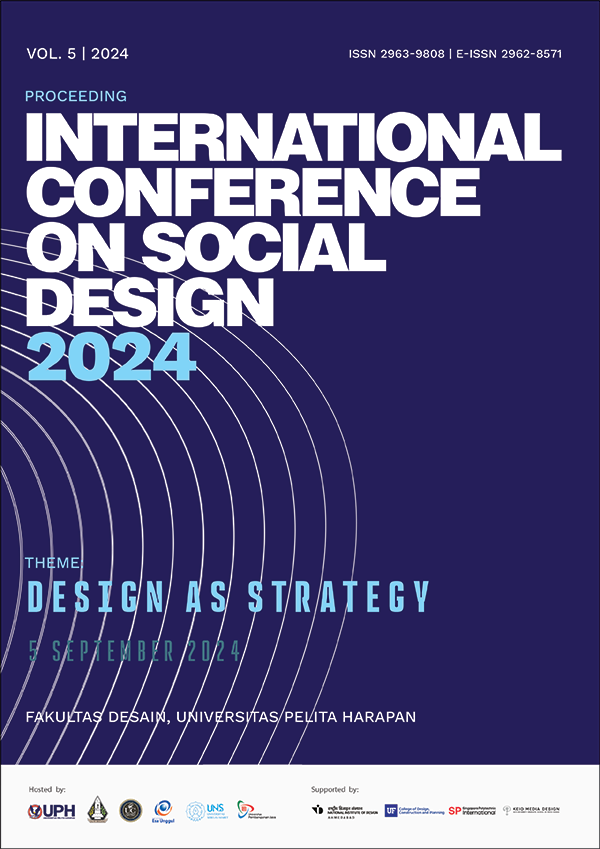Spatial Experience in a Bookstore Based on Third Place Theory Case Study: Gramedia Bookstores
Abstract
The changes in consumer behavior and the digitization of books have made visitors increasingly reluctant to visit bookstores, pressuring bookstores to modify the bookstores space design so it can still attract visitors and that bookstores can survive. One of the big bookstores that is still surviving today is Gramedia. The development of the bookstore function no longer just serves as a retail store where the main activities are just book buying and selling, but also other functions to add to the visitor’s spatial experience such as a reading room or a community space. This is also in accordance with the Third Place theory which stated that inclusive public spaces are needed in the development of community life. The unique spatial experience in the development of bookstore dimensions and design as can be seen in the Gramedia bookstore has the potential to fulfill human and consumer needs ranging from material things to the need for socializing. This research compared the designs of two Gramedia bookstores to discover how they influenced the consumer’s experience of the space and conducted semi-structured interviews with visitors and bookstores management to know how these designs affect the users. The results of this research showed that the Gramedia bookstore still does not meet all the qualifications to become a third space, however the design changes have the potential to reflect the development of community needs for space that can fulfill the function of a place for community interaction.





1.png)
